-
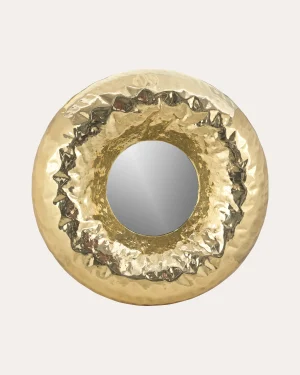
Donut – Brass Wall Mirror
€2.760 -
 In stock
In stockSuccession mirror
€1.900 incl. tax -
 Free shipping
Free shipping“Design Impressionism” Mirror
€2.603 incl. tax -
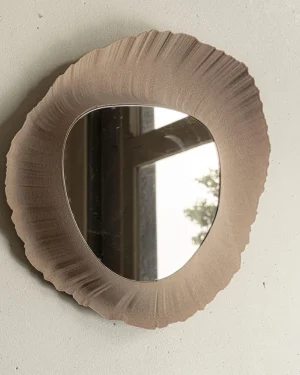 Sold
Sold“Flow” Wall Mirror
-
 In stock
In stockORGUS Mirror N.10
€3.850 -
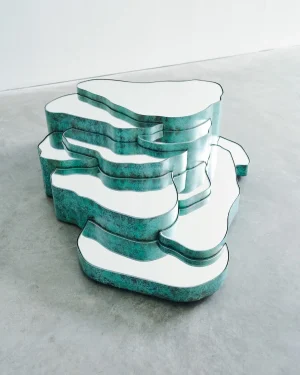 In stock
In stockTerrace Mirror
€16.150 -
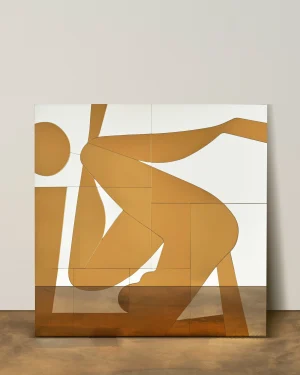 In stock
In stockExposè Wall Mirror, Mirror Glass, Black Lacquered Wood
€11.000 -
 In stock
In stock“Eclipse” mirror
€2.113 incl. tax -
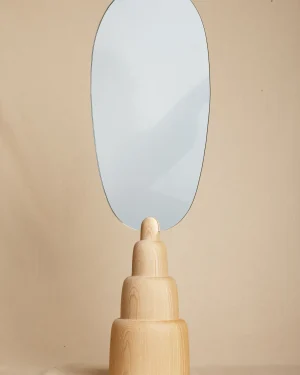 In stock
In stockWood & Wax Mirror
€616 incl. tax -
 Free shipping
Free shippingMirage Golden Wall Art Piece
€1.675 incl. tax
Filters
Category
Accessories
Decor
Mirrors
Wall Decoration
Price Range (€)
0-500
500-1000
1000-2000
2000-5000
5000 and above
Availability
In stock
Made to order
Ways to buy
Free shipping
On sale
Featured
Materials
Metals
Brass
Bronze
Steel
Paper
Paper Pulp
Stone
Natural Stone
Wood
Ash Wood
Biomaterials
Leather
Natural Wax
Country
Argentina
Australia
Austria
Belgium
Brazil
Bulgaria
Canada
Chile
China
Colombia
Cyprus
Czech Republic
Denmark
Ecuador
Estonia
Finland
France
Georgia
Germany
Greece
Hungary
Iceland
India
Ireland
Israel
Italy
Japan
Jordan
Kazakhstan
Kosovo
Latvia
Lebanon
Lithuania
Luxembourg
Mexico
Mongolia
Netherlands
New Zealand
Nigeria
Norway
Pakistan
Palestinian Territory
Panama
Peru
Poland
Portugal
Qatar
Romania
Senegal
Singapore
Slovenia
South Africa
South Korea
Spain
Sweden
Switzerland
Thailand
Turkey
Türkiye
Ukraine
United Arab Emirates
United Kingdom (UK)
United States (US)
Design Class
Limited Editions
Open Editions
Unique Pieces